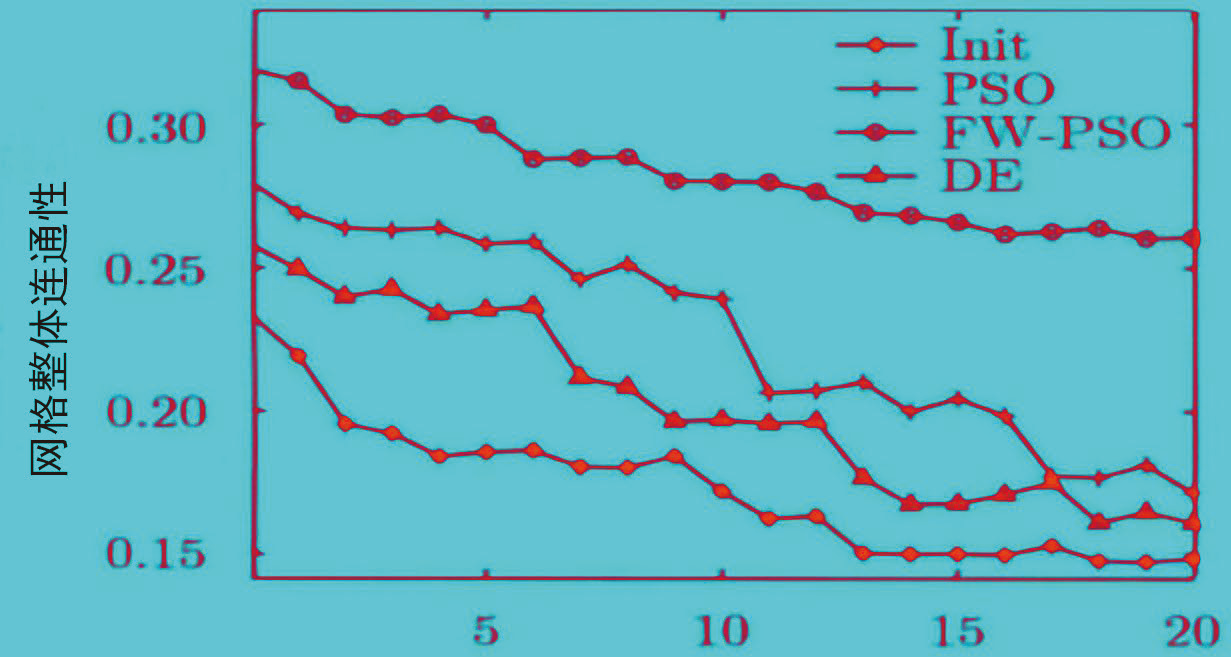用 Python 制作可視化 GUI 界面,一鍵實(shí)現(xiàn)自動(dòng)分類管理文件!
以下文章來(lái)源于Python愛(ài)好者集中營(yíng) ,作者欣一
作者 | 欣一來(lái)源 | Python愛(ài)好者集中營(yíng)
經(jīng)常雜亂無(wú)章的文件夾會(huì)讓我們找不到所想要的文件,因此小編特意制作了一個(gè)可視化GUI界面,通過(guò)輸入路徑一鍵點(diǎn)擊實(shí)現(xiàn)文件分門(mén)別類的歸檔。
不同的文件后綴歸類為不同的類別我們先羅列一下大致有幾類文件,根據(jù)文件的后綴來(lái)設(shè)定,大致如下:
SUBDIR = {
"DOCUMENTS": [".pdf", ".docx", ".txt", ".html"],
"AUDIO": [".m4a", ".m4b", ".mp3", ".mp4"],
"IMAGES": [".jpg", ".jpeg", ".png", ".gif"],
"DataFile": [".csv", ".xlsx"]
}
上面所羅列出來(lái)的文件后綴并不全面,讀者可以根據(jù)自己的需求往里面添加,可以根據(jù)自己的喜好來(lái)進(jìn)行分文別類,然后我們自定義一個(gè)函數(shù),根據(jù)輸入的一個(gè)文件后綴來(lái)判斷它是屬于哪個(gè)類的。
def pickDir(value):
for category, ekstensi in SUBDIR.items():
for suffix in ekstensi:
if suffix == value:
return category
例如輸入的是.pdf返回的則是DOCUMENTS這個(gè)類。我們還需要再自定義一個(gè)函數(shù),遍歷當(dāng)前目錄下的所有文件,獲取眾多文件的后綴,將這些不同后綴的文件分別移入不同類別的文件夾,代碼如下:
def organizeDir(path_val):
for item in os.scandir(path_val):
if item.is_dir():
continue
filePath = Path(item)
file_suffix = filePath.suffix.lower()
directory = pickDir(file_suffix)
directoryPath = Path(directory)
# 新建文件夾,要是該文件夾不存在的話
if directoryPath.is_dir() != True:
directoryPath.mkdir()
filePath.rename(directoryPath.joinpath(filePath))
output
我們?cè)俅位A(chǔ)之上,再封裝一下做成Python的可視化GUI界面,代碼如下:
class FileOrgnizer(QWidget):
def __init__(self):
super().__init__()
self.lb = QLabel(self)
self.lb.setGeometry(70, 25, 80, 40)
self.lb.setText('文件夾整理助手:')
self.textbox = QLineEdit(self)
self.textbox.setGeometry(170, 30, 130, 30)
self.findButton = QPushButton('整理', self)
self.findButton.setGeometry(60, 85, 100, 40)
self.quitButton = QPushButton('退出', self)
self.quitButton.clicked.connect(self.closeEvent)
self.findButton.clicked.connect(self.organizeDir)
self.quitButton.setGeometry(190, 85, 100, 40)
self.setGeometry(500, 500, 350, 150)
self.setWindowTitle('Icon')
self.setWindowIcon(QIcon('../751.png'))
self.show()
def pickDir(self, value):
for category, ekstensi in SUBDIR.items():
for suffix in ekstensi:
if suffix == value:
return category
def organizeDir(self, event):
path_val = self.textbox.text()
print("路徑為: " + path_val)
for item in os.scandir(path_val):
if item.is_dir():
continue
filePath = Path(item)
fileType = filePath.suffix.lower()
directory = self.pickDir(fileType)
if directory == None:
continue
directoryPath = Path(directory)
if directoryPath.is_dir() != True:
directoryPath.mkdir()
filePath.rename(directoryPath.joinpath(filePath))
reply = QMessageBox.information(self, "完成", "任務(wù)完成,請(qǐng)問(wèn)是否要退出?", QMessageBox.Yes | QMessageBox.No, QMessageBox.No)
if reply == QMessageBox.Yes:
event.accept()
else:
event.ignore()
def closeEvent(self, event):
reply = QMessageBox.question(self, '退出',
"確定退出?", QMessageBox.Yes |
QMessageBox.No, QMessageBox.No)
if reply == QMessageBox.Yes:
event.accept()
else:
event.ignore()
效果如下圖所示
最后我們通過(guò)pyinstaller模塊來(lái)將Python代碼打包成可執(zhí)行文件,操作指令如下
pyinstaller -F -w 文件名.py
部分參數(shù)含義如下:
-F:表示生成單個(gè)可執(zhí)行文件
-w:表示去掉控制臺(tái)窗口,這在GUI界面時(shí)時(shí)非常有用的
-i:表示可執(zhí)行文件的圖標(biāo)
*博客內(nèi)容為網(wǎng)友個(gè)人發(fā)布,僅代表博主個(gè)人觀點(diǎn),如有侵權(quán)請(qǐng)聯(lián)系工作人員刪除。









